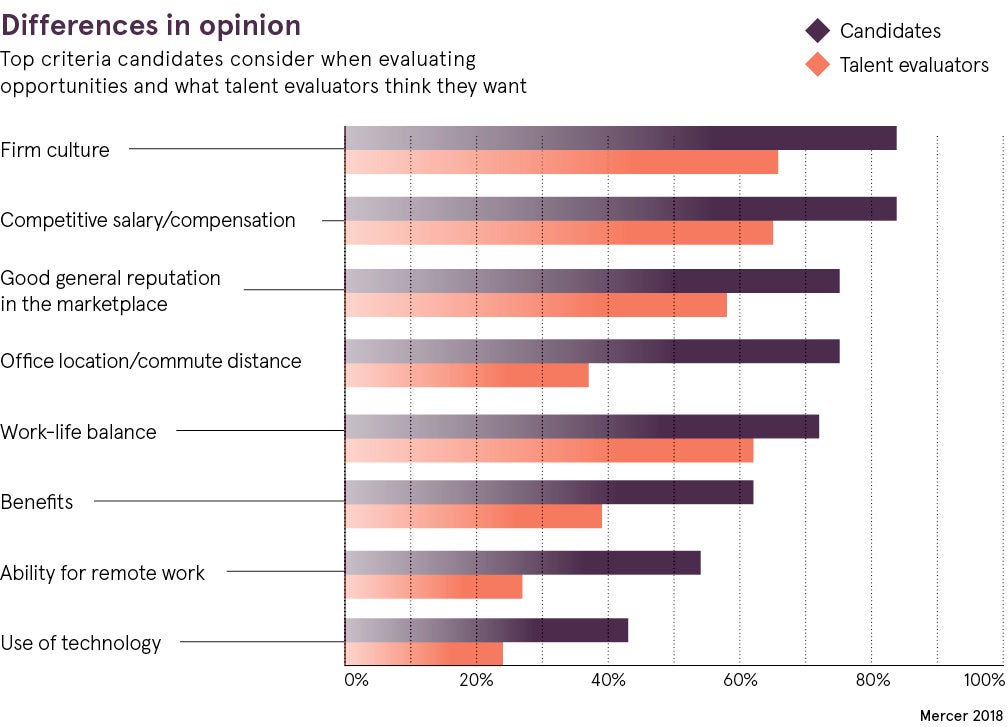When you walk into a high street store or click through to an online retailer, it is unlikely you arrived there unprompted. If you return, it is a dead cert that someone directed your steps.
In recent years, providing a positive consumer experience has become everything for brands, from the first pop-up ad shoppers see to the after-sales service they receive. So is it time human resources professionals started taking a leaf out of their book?
If the latest employee engagement statistics are anything to go by, the answer is a resounding “yes”. According to a worldwide study by pollster Gallup, two thirds (67 per cent) of employees are disengaged. In other words, they give their time, but not their best.
“We have a lot to learn from how we approach consumers in a sales and marketing sense to how we should be listening to and understanding employees,” says Rob Catalano, co-founder of the Toronto-based employee engagement specialist WorkTango.
Learn about employee experience in real time and personalise
But how? Mr Catalano suggests two quick-fix changes. The first is to ditch annual staff surveys. No marketing executive worth their salt would poll their customers once a year, provide zero feedback and then act on the information many months later. Yet, with annual work surveys, this is what HR teams are doing all the time.
Instead, organisations should be seeking out opinions on employee experience on a far more frequent basis. WorkTango, which counts footwear brand Deckers and GPS solutions firm Trimble among its clients, provides a software tool that enables team leaders to track employee sentiment in almost real time.
“There’s a large consultancy we work with, for example, that is pulsing employees every two weeks. They ask four or five questions and then use that information to deal with smoke before fire,” Mr Catalano says.
Second, employers need to “get employee specific”. As with customers, workers are not all the same. Accommodating differing needs and aspirations is therefore vital. In Mr Catalano’s view, the best way to achieve this is tailoring employee feedback mechanisms to individual divisions and teams.
“That way, leaders are getting the voice of their employees and understanding what their sentiment really is, which helps facilitate conversations, address problems and generally create a better working environment,” he says.
Employee experience more important than company process
Another key lesson revolves around the employee experience. HR professionals are notoriously adept at creating processes. Want time off to visit your sick aunt, there’s a system. Worried about your pension rights, fill in the form.
But what a customer-centric strategy teaches is that experience trumps processes every time. Keep shoppers waiting or forget their particular preferences and they have no qualms about walking out the door. In a tight labour market, don’t bet against your workforce not doing the same.
We have a lot to learn from how we approach consumers in a sales and marketing sense to how we should be listening to and understanding employees
Oracle UK is one of many companies trying to get better at seeing work through employees’ eyes. To that end, it has developed a “journey mapping” approach that looks at people’s ongoing interactions with a firm and asks how they feel at every stage.
Andy Campbell, Oracle’s head of strategy for human capital management, gives the example of recruitment. He cites a retail bank that immediately gives a job offer to those who successfully interview for work in its contact centre.
“Rather than call them back in a month’s time, they offer them a contract there and then. That’s what I would like as a consumer. To go to a job interview and get a job offer. What’s better than that?” he asks.
Leveraging digital tech to improve hiring and training
In a similar way, employers are increasingly using video to help potential recruits envision what it feels like to work for them. Illustrative examples of the tactic range from trendy tech firms like DropBox and Go Pro through to charities such as WWF and the Animal Humane Society.
This trend points to a wider lesson around the use of digital technologies. Workplaces, a popular quip runs, are where modern technologies go to die. “That is just wrong,” says Mr Campbell.
Outside work hours, employees are consumers like everyone else. Clicking online for product reviews or searching for videos on how to fix something is now second nature. Yet at work, thick instruction manuals and week-long training courses remain the order of the day.
“In their workplaces, people want and expect the same kind of capabilities and experiences. And if they don’t get that, then they are going to be disillusioned and disenfranchised,” he says.
While the parallels between the customer and the employee experience are multiple, the correlation is not perfect. For one, there is a huge mismatch of resources. Marketing budgets are multiple orders of magnitude greater than those available to HR.
Improve communication to boost employee experience
Another major sticking point relates to control. Unlike the consumer experience, which can be effectively ringfenced by marketing and sales functions, the employee experience is far harder to tie down, according to Jo Moffat, founder of the employee engagement agency Woodreed.
Take communications. While marketing departments will always write customer-facing content with a consistent voice, internal communication is all too often a free for all.
“You might have facilities management writing something about the canteen, someone from the finance department writing about pensions and so on. There’s a whole raft of voices, and by and large they are inconsistent,” she says.
Yet the premise that HR professionals have much to learn from their consumer-oriented colleagues remains sound. Employers do not need to cater to their workers’ every whim. But they do need to think harder about their everyday experience of work. If not, then don’t be surprised if employees start shopping around.

